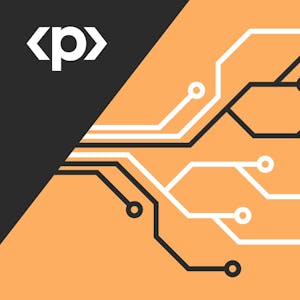Embedded Systems Object-Oriented Programming in C and C++
About this Course
In this course, you will embark on a journey through the fundamentals and advanced techniques of embedded systems programming with a focus on object-oriented methodologies. Beginning with the setup of essential tools like Keil uVision and STM32CubeIDE, you will gain hands-on experience in configuring and using these powerful development environments. As you progress, the course delves into object-oriented firmware programming, starting with the creation of drivers and classes in both C and C++. You will learn to develop UART drivers, create LED classes, and implement inheritance, all while adhering to best practices. The course also explores the development of GPIO and UART libraries from scratch, providing a robust understanding of how to build and test reusable code components in an embedded context. Finally, the course covers advanced topics such as polymorphism and the extension of GPIO libraries to handle alternate functions. By the end of this course, you will have a comprehensive understanding of object-oriented programming in embedded systems, enabling you to create efficient, scalable, and maintainable firmware for a wide range of applications. This course is designed for embedded systems engineers, firmware developers, and hobbyists with a basic understanding of C programming. Familiarity with microcontrollers and basic electronics is recommended but not required.Created by: Packt

Related Online Courses
Mathematical thinking is crucial in all areas of computer science: algorithms, bioinformatics, computer graphics, data science, machine learning, etc. In this course, we will learn the most... more
In this comprehensive course, you will explore artificial intelligence (AI) and its core concepts, forming a solid foundation for machine learning. You will delve into regression analysis, applying... more
This is a Google Cloud Self-Paced Lab. In this lab you will learn how to create and update SQL derived tables to generate dynamic values.Created by: Google Cloud more
This course is the continuation of \"Introduction to Healthcare Supply Chain Operations\". If you have not visited the first part yet, please check it out before starting this course. If you have... more
How can drones be used for good in environmental science? What types of data can scientists collect, and how should they go about collecting it using drones? Why should someone integrate drones... more








